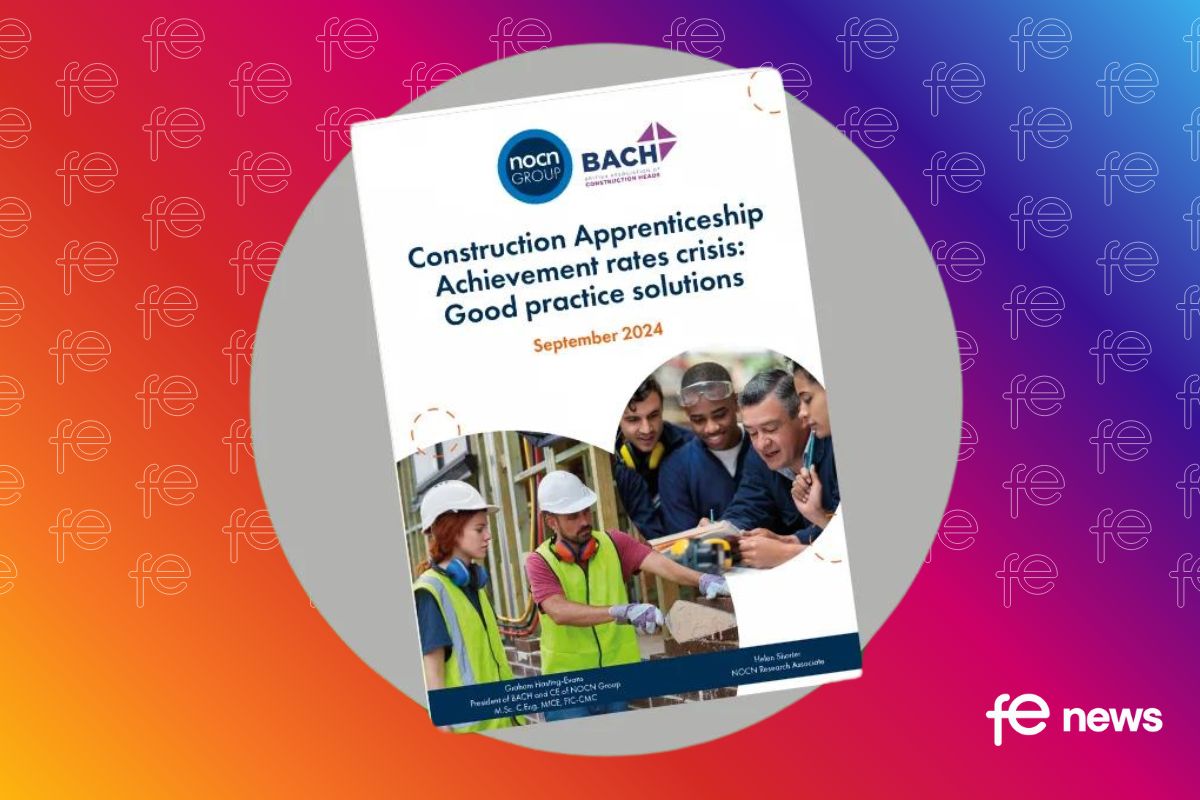Levy Transfer is Only Part of the Solution to the Government’s use-it-or-lose-it Approach

The inflexibility of the apprenticeship system has always been a cause of concern for employers, large and small. One of the core challenges is HM Treasury’s use-it-or-lose-it approach to levy transfer. Under the current rules, if employers don’t make use of their levy within two years it’s returned to the Exchequer.
Many employers recognise that they have a choice between returning their unspent levy or supporting small employers, delivering social value and improving the resilience of their supply chains. For these employers, the action they need to take is simple: transfer unspent levy in line with their priorities.
At the London Progression Collaboration, we are facilitators. Our mission is to ensure apprentices have the opportunities they need to get on in work and supporting large employers to make use of their levy and small employers to access it is a core part of what we do. That’s all the more important given we operate across London and the capital has the highest in-work poverty in the country.
Levy transfer is only part of the solution
Yet levy transfer is only part of the solution. Employers can only transfer 25 per cent of their levy and whatever proportion of the remaining 75 per cent goes unspent will still be lost to the Treasury.
There are thousands of large employers who are in this situation, and the research we published this week has shone a light on the scale of the issue: an eyewatering £3.3 billion has been returned to the Treasury in three years, equivalent to £95 million per week.
In theory, the Treasury and Department for Education spend this on creating apprenticeships through co-investment. That means that the Government funds 95 per cent of an apprenticeship for small employers that aren’t required to pay the levy. Some underspend by levy-paying employers is to be expected – and indeed a sign that the system is working – yet it is hard to reconcile rising unspent levies with the decline in apprenticeship starts.
Departments Need to be More Transparent
This raises a number of questions, which is why we are asking each department to be more transparent. Between them, we would like the number of apprenticeships created through unspent levies to be published. We want to know in which regions that levy is being spent, on what apprenticeship standards and across which sectors.
From the daily conversations we have with employers, large and small, this would go some way to providing businesses with the certainty that their unspent levies are going to good use. It would also give policymakers a level of confidence that the Treasury is taking action to ensure that it is prioritising the places and people that would benefit the most from apprenticeships. This hasn’t always been the case because in order to reduce the amount of levy they are losing, employers are opting for more expensive apprenticeship standards for older, better qualified employees.
72% Fall in Entry Level Apprenticeships
From the analysis we conducted for this year’s National Apprenticeship Week, since 2014/15 entry-level apprenticeships have fallen by 72 per cent while higher-level apprenticeships rose by 400 per cent. This fall in entry-level apprenticeships corresponds with a fall in starts amongst younger age groups. In 2016/17, under-19s accounted for 22 per cent of all apprenticeship starts and over-25s for 51 per cent. Fast forward to 2020/21, under-19s account for 11 per cent of all starts and over-25s for 61 per cent.
While apprenticeships should be available to people of all ages and backgrounds, for the most part this has been at the expense of younger people who are new to the labour market, which runs the risk that apprenticeships are not being created where the need and impact is greatest.
In the context of a cost-of-living crisis, supporting the most in need into apprenticeships and giving apprentices opportunities to progress into well-paid employment is more important than ever. Given the state of our economy, so too is ensuring that public spending is good value for money.
Fixing the ‘transparency deficit’ in the Treasury and Department for Education will better equip both government and employers to understand where support is most needed. The apprenticeship system isn’t working as it should and this is an opportunity for government to demonstrate its commitment to upskilling our workforce, particularly in areas with high levels of deprivation.
By Jack Shaw, a Senior Account Manager at the London Progression Collaboration











Responses